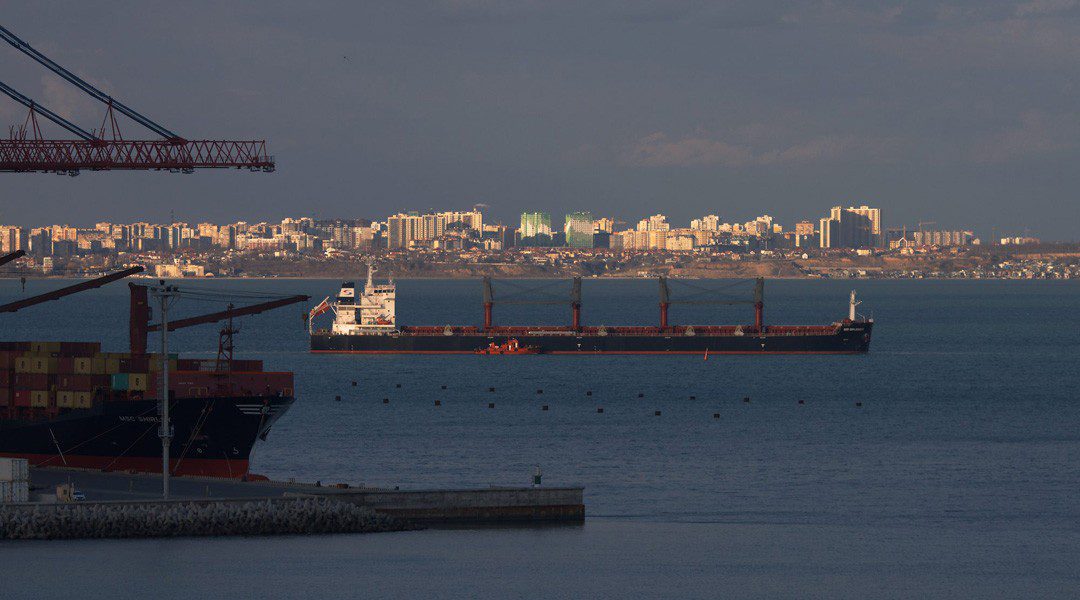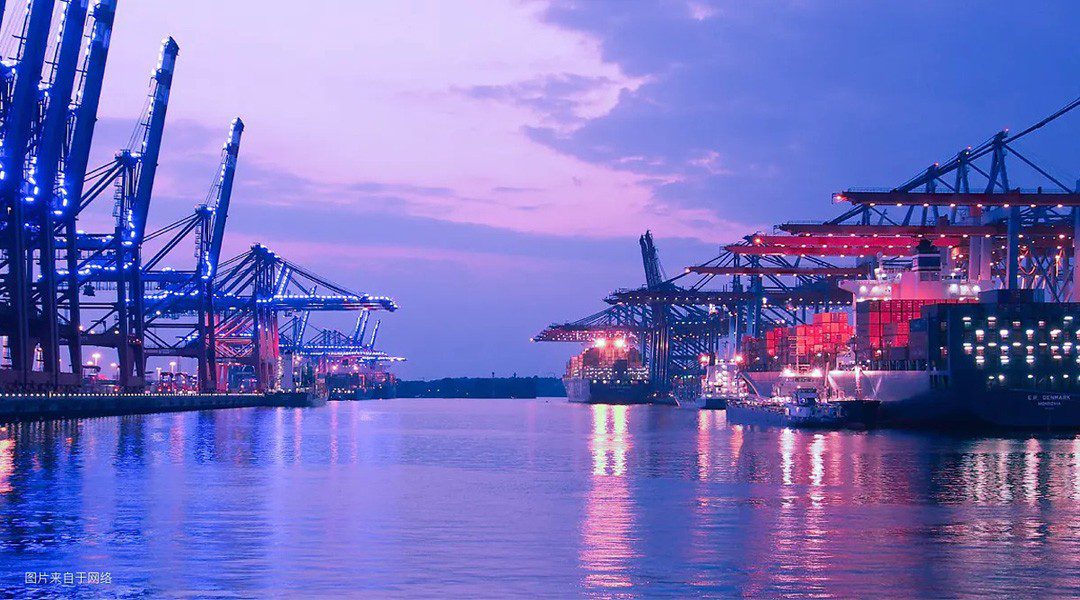The mammoth cargo ship blocking one of the world’s most vital maritime arteries was wrenched from the shoreline and set partially afloat again early Monday, raising hopes that traffic could soon resume in the Suez Canal and limit the economic fallout of the disruption.
Salvage teams, working on both land and water for five days and nights, were ultimately assisted by forces more powerful than any machine rushed to the scene: the moon and the tides.
As water levels swelled overnight, the hours spent digging and excavating millions of tons of earth around the Ever Given paid off as the ship slowly regained buoyancy, according to officials.
While shipping officials and the Egyptian authorities cautioned that the complicated operation was still underway, they expressed increasing confidence the ship would soon be completely free.
The stern was now some 300 feet from shore, according to the Suez Canal Authority.
President Abdel Fattah el-Sisi of Egypt celebrated the moment on Twitter, writing that “Egyptians have succeeded today in ending the crisis of the stuck ship in the Suez Canal despite the great complexities surrounding this situation in every aspect.”
However, others involved in the operation urged caution.
While the ship was moving, what remained unclear was whether the bulbous bow — a protrusion at the front of the ship just below the waterline — is totally clear of dirt and debris. If it is still stuck in clay or obstructed by rocks, the early morning optimism could quickly fade.
Peter Berdowski, the chief executive of Royal Boskalis Westminster, which has been appointed by Ever Given’s owner to help move the vessel, told the Dutch public broadcaster NOS on Monday that he understood the bow to be stuck “rock solid.”
“The ship is like a giant whale that we have to slide off the beach, back in the water,” he said early Monday. Pulling the stern lose, he said, was the easy part.
“We shouldn’t start cheering just yet,” he cautioned.
The high tide on Monday morning peaked at 11:42 a.m. local time, and crews will continue maneuvers as long as the water remains high, according to the authority. The next high tide will crest around midnight.
Despite the note of caution, workers at the scene could be seen in images circulating on social media celebrating their progress in the predawn hours.
There was widespread hope it was a a turning point in one of the largest and most intense salvage operations in modern history, with the smooth functioning of the global trading system hanging in the balance.
Each day the canal is blocked put global supply chains another day closer to a full-blown crisis.
Vessels packed with the world’s goods — including cars, oil, livestock and laptops — usually flow through the waterway with ease, supplying much of the globe as they traverse the quickest path from Asia and the Middle East to Europe and the East Coast of the United States.
With concerns the salvage operation could take weeks, some ships decided not to wait, turning to take the long way around the southern tip of Africa, a voyage that could add weeks to the journey and more than $26,000 a day in fuel costs.

MEDITERRANEAN SEA Port Said EGYPT Suez Canal Sinai Peninsula
The army of machine operators, engineers, tugboat captains, and other salvage operators know they are in a race against time.
Late Saturday, tugboat drivers sounded their horns in celebration of the most visible sign of progress since the ship ran aground late Tuesday.
The 220,000-ton ship moved. It did not go far — just two degrees, or about 100 feet, according to shipping officials. That came on top of progress from Friday, when canal officials said dredgers had managed to dig out the rear of the ship, freeing its rudder.
The company that oversees the ship’s operations and crew, Bernhard Schulte Shipmanagement, said 11 tugboats were helping, with two joining the struggle on Sunday. Several dredgers, including a specialized suction dredger that can extract 2,000 cubic meters of material per hour, dug around the vessel’s bow, the company said.
Salvagers were determined to free the vessel as the spring tide rolls in, raising the canal’s water level as much as 18 inches, analysts and shipping agents said.
It is a delicate mission, with crews trying to move the ship without unbalancing it or breaking it apart.
With the Ever Given sagging in the middle, its bow and stern both caught in positions for which they were not designed, the hull is vulnerable to stress and cracks, according to experts. Just as every high tide brought hope the ship could be released, each low tide puts new stresses on the vessel.
Teams of divers have been inspecting the hull throughout the operation and have found no damage, officials said. It would need to be inspected again once it was completely free.
And it would take some time to also inspect the canal itself to ensure safe passage. With hundreds of ships backed up on either side, it could be days before operations return to normal.




